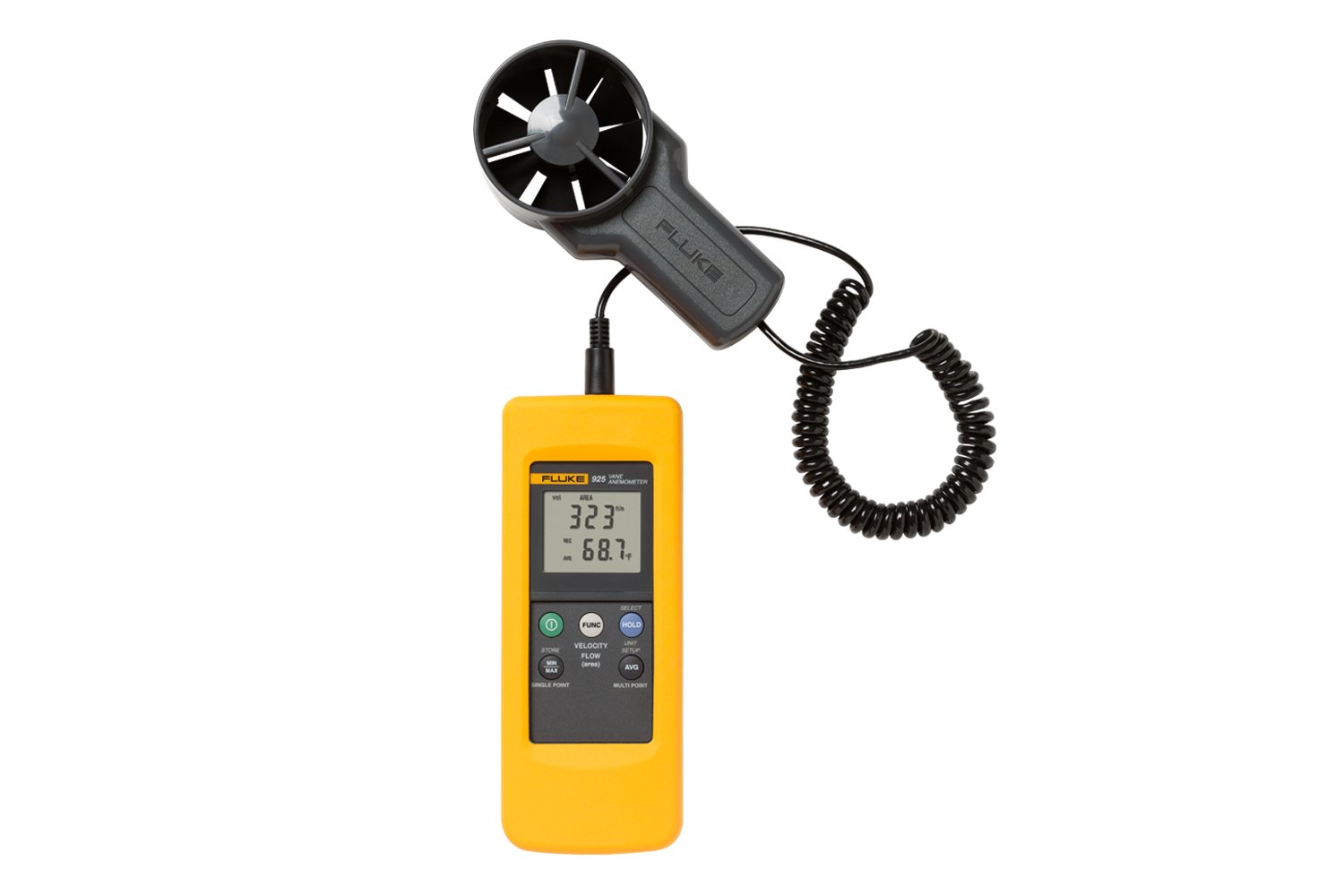How to Keep and Care for Your Anemometer to Make Certain Longevity
How to Keep and Care for Your Anemometer to Make Certain Longevity
Blog Article
Exploring the Features and Benefits of Anemometers for Climate Fanatics and Experts
From mug anemometers to sonic anemometers, each kind brings its one-of-a-kind set of benefits and applications, losing light on different aspects of atmospheric conditions. As we delve into the features and benefits of anemometers, a much deeper understanding emerges not only of prevailing climate sensations but also of the more comprehensive implications for industries like wind power manufacturing and ecological research study.
Significance of Anemometers in Weather Condition Surveillance
Anemometers play an important role in weather condition surveillance by offering exact measurements of wind speed, helping in forecasting and understanding weather patterns. These tools, ranging from traditional cup anemometers to contemporary ultrasonic anemometers, are necessary for meteorologists, researchers, and weather enthusiasts alike. By gauging wind rate, anemometers help in figuring out the strength of weather sensations such as twisters, hurricanes, and storms. Furthermore, they offer important information for aviation, maritime operations, and numerous markets that are delicate to wind problems.

Types of Anemometers and Their Applications
The most common kinds of anemometers include cup anemometers, vane anemometers, hot-wire anemometers, and ultrasonic anemometers. Mug anemometers are composed of three or four mugs installed on straight arms that rotate with the wind, gauging its speed. Vane anemometers, on the other hand, utilize an easily turning vane to align with the wind instructions, supplying both wind rate and instructions dimensions.
Each kind of anemometer has its special benefits and applications. Mug anemometers are durable and suitable for general climate surveillance, while vane anemometers are favored for directional dimensions. Hot-wire anemometers are sensitive to reduced air rates, making them excellent for interior atmospheres. Ultrasonic anemometers are non-intrusive and supply high precision, frequently made use of in research and specialized weather monitoring applications. Recognizing the features and applications of each kind of anemometer is critical for picking one of the most appropriate tool for particular weather checking demands.
Benefits of Making Use Of Anemometers in Projecting
In meteorology, the utilization of anemometers uses indispensable advantages for boosting the accuracy of weather projecting. Anemometers determine wind speed and instructions, offering crucial information for predicting climate patterns. By integrating wind information right into projecting designs, meteorologists can much better recognize the motion of weather condition systems, expect modifications in atmospheric conditions, and issue more accurate projections.
Additionally, anemometers play an essential function in evaluating possible weather condition threats. Monitoring wind rates assists forecasters predict serious weather condition occasions such as cyclones, hurricanes, and hop over to here wintertime storms with better accuracy. This early warning system enables authorities to release prompt alerts and execute essential safety steps, decreasing the risks to life and property.
Furthermore, anemometers help in optimizing renewable resource production. By examining wind patterns, meteorologists can identify appropriate places for wind farms and anticipate energy outcome, adding to the effective generation of wind power.

Anemometers in Wind Energy Production
Given the vital duty anemometers play in offering precise wind data for weather projecting and danger evaluation, their importance expands to the world of wind energy production. Anemometers are essential tools in the field of wind energy, where the dimension of wind rate and instructions is crucial for identifying the usefulness and performance of wind turbine installments. By accurately determining wind rates at varying heights, anemometers assist maximize the placement and design of wind turbines to maximize energy outcome.
In wind ranches, anemometers are purposefully put to collect real-time wind information that is utilized to evaluate the potential power production of a website. This data contributes in identifying the economic practicality of wind power jobs and in projecting energy generation to guarantee grid security. Additionally, anemometers aid in checking wind conditions to maximize turbine efficiency, protect against damage from high winds, and make sure the safety and security of workers functioning in the area of wind turbines.
Enhancing Weather Understanding With Anemometers

Anemometers play a crucial role in improving our understanding of microclimates. These localized weather conditions can vary substantially from wider local forecasts, making it important to have exact data for certain areas. anemometer. By strategically positioning anemometers in different places, scientists can collect comprehensive info on just how wind acts in various surfaces, urban settings, or bodies of water
Additionally, anemometers add anemometer to boosting weather condition forecasting versions by offering real-time data on wind actions. This info is particularly important for anticipating serious weather condition occasions, optimizing agricultural practices, and sustaining markets like aeronautics and maritime navigation. Overall, anemometers are indispensable instruments that allow us to dig deeper into the intricacies of climate systems, inevitably causing more exact forecasts and better-informed choices.
Conclusion
Finally, anemometers Learn More play a vital duty in weather surveillance and projecting by measuring wind rate and direction. They are crucial tools used by weather condition enthusiasts and specialists to gather accurate information for predicting climate patterns and examining prospective influences. Anemometers also have applications in wind power production, additional highlighting their significance in both meteorology and sustainable energy fields. Generally, anemometers add to boosting our understanding of climate phenomena and enhancing projecting capabilities. anemometer.
From cup anemometers to sonic anemometers, each type brings its unique set of advantages and applications, dropping light on numerous elements of climatic problems. These tools, varying from standard cup anemometers to modern-day ultrasonic anemometers, are vital for meteorologists, researchers, and weather condition fanatics alike. The most usual kinds of anemometers include cup anemometers, vane anemometers, hot-wire anemometers, and ultrasonic anemometers. Mug anemometers are durable and appropriate for general weather condition tracking, while vane anemometers are preferred for directional measurements. Anemometers are important instruments in the field of wind energy, where the measurement of wind speed and direction is important for figuring out the expediency and efficiency of wind turbine setups.
Report this page